I am looking for a way to efficiently charge a Mavik Pro drone battery in the field multiple times. I plan to take mine ‘hunting’ with me so I can get some really good aerial footage of sambar deer. Obviously I will not be using it to help me kill a deer. What I have discovered here should inform you as to the advisability of carrying a solar charger on your next hike as against power banks and economy measures.
Clearly I will need a substantial solar panel as the drone battery has Capacity: 3830 mAh Voltage: 11.4V Energy: 43.6 Wh Net Weight (240 g). I will have to charge a power bank type battery which has a capacity over 12 volts then connect a female cigarette lighter socket to it then utilise a cigarette lighter charger to charge the Mavik battery.
I am looking at these Xionel products. They all only produce 5 volts so that the battery I use as a power bank has to be able to be charged with USB power:
10 Watts: US$12.60 275 x 150 mm (10 ¾” x 6”) and weighs:141 grams.
14 watts: US 44.15 250 grams
16 watts US$28.88 250 grams (very similar)
30 Watts (claimed) US$17.26 (43 x 20 cm)
4.5 Watt 5 Volt Rollable US$85.40 610 grams
21 watts700 x 290 x 16mm 2 x USB 3.5 amp @ 5 volts4 folds 570 US$41.61 570g
28 watts x875 x 290 x 16 x x 3 USB x 4.8 amp x 5 volts 5 folds US$ 51.93 Feb 2019 700g
24 watts 850 x 265 x 16mm x 3 USB 5 folds 4 amps @ 5 volts $50.36 620 grams
16 watts815 x 255 x 16mm 2 USB 4 folds 2.6 amps @ 5 volts $41.48 800 grams
15 watts 520x 290x 16mm X 2 USB 3 folds 3 2.5 amps @ 5 volts $33.28 390 grams
PS: You have to compare the weight cost of carrying a number of charged 18650 batteries (at 45 grams ea & 3700 mAh) plus a tiny charger to put them in (such as this at 24 grams) as against the duration of the trip – and how much power you can save eg by using your phone a lot less, and as against you run into day after day of cloudy (or worse) weather when you may get practically no charge at all!.
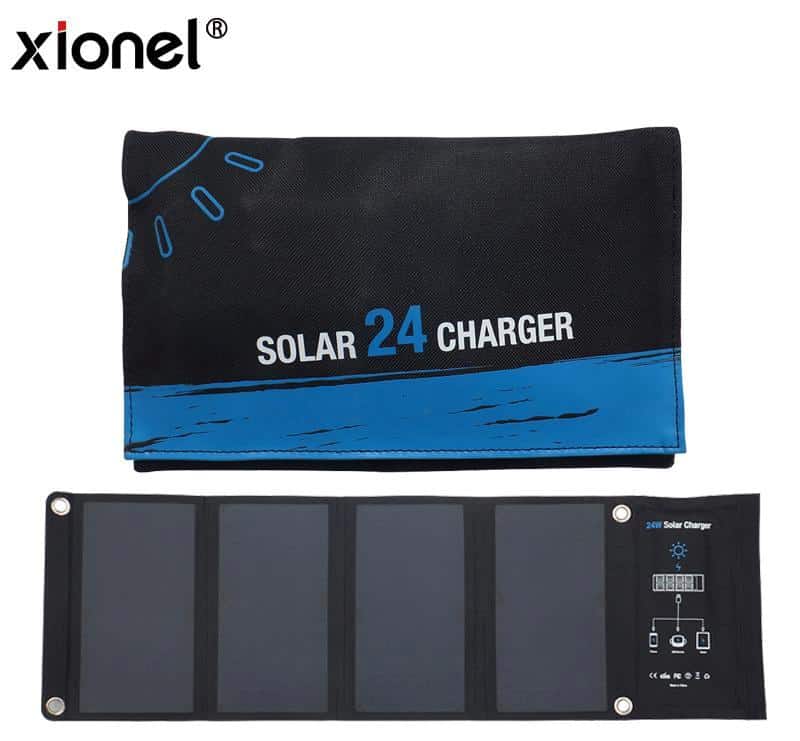
The 24 watt panel (max 4 amps at 5 volts) seems to suit my purpose best as it should attach to my pack without protruding. Theoretically it should be able to charge a drone battery in a little over 2 hours. Accordingly I have purchased one. The individual panels are flexible, so the unit is very robust and will stand up to field conditions. It even charges my phone in a light rain so it will no doubt do the job on a bright day!
There is a kind of power bank which takes 18650 batteries (Panasonic are 3400 mAh). One that I am looking at will take 8 of these cells US$9.90. It can charge with USB current and discharge at 12 volts and 1.5 amps.
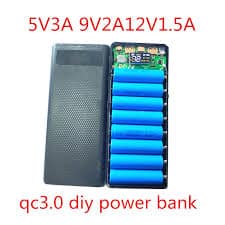
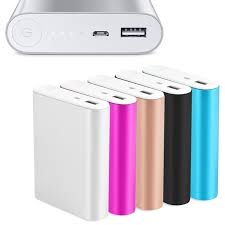
This may be enough to charge a Mavik Pro battery. If it is not I will just get a smaller charger, say a four cell such as this and I will have to make up a battery pack I can put them in (in series) which can output 4 batteries (14.8 volts) and up to several amps. I will wire a female cigarette lighter fitting to it and use a cheap car charger to charge the drone batteries.
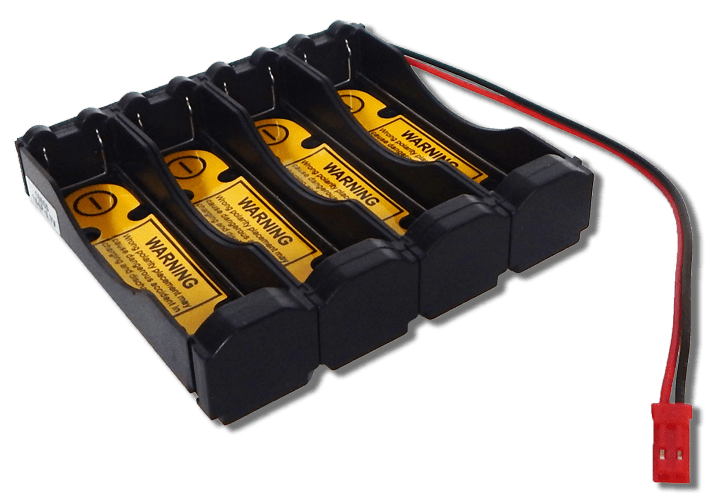
A pack of four fully charged 18650 batteries should top up two Mavik Pro batteries. Obviously you never fly the drone in the wilds until the battery is flat. In decent weather i should be able to charge 8 batteries in a day fairly easily giving me four flights per day after the first day when there can obviously be more.
PS: I need to review this post. I am making a mistake with amperage. If the solar panel will output 4 amps I need cables and charger and batteries capable of accepting 4 amps. Otherwise if eg the cable will only accept .5 amp or the charger 1 amp ( & etc) then the batteries will never charge. For a start I have ordered some of these cables (which should be able to handle 4 amps – if your device seems to take forever to charge it is probably because your cable can only handle .5 or 1 amp. It probably has internal wires 28 awg thick. You need at least 24 for 3 amps and the one above are 20 awg. Wire gauges get smaller as the wire gets thicker.
PPS: I ordered some 3 cell 18650 chargers as well. they are beauties and you can see to an exact percentage just how charged they are (whether you put 1, 2 or 3 cells in them. The 24 watt Xionel will definitely charge 2 18650s in a sunny day.
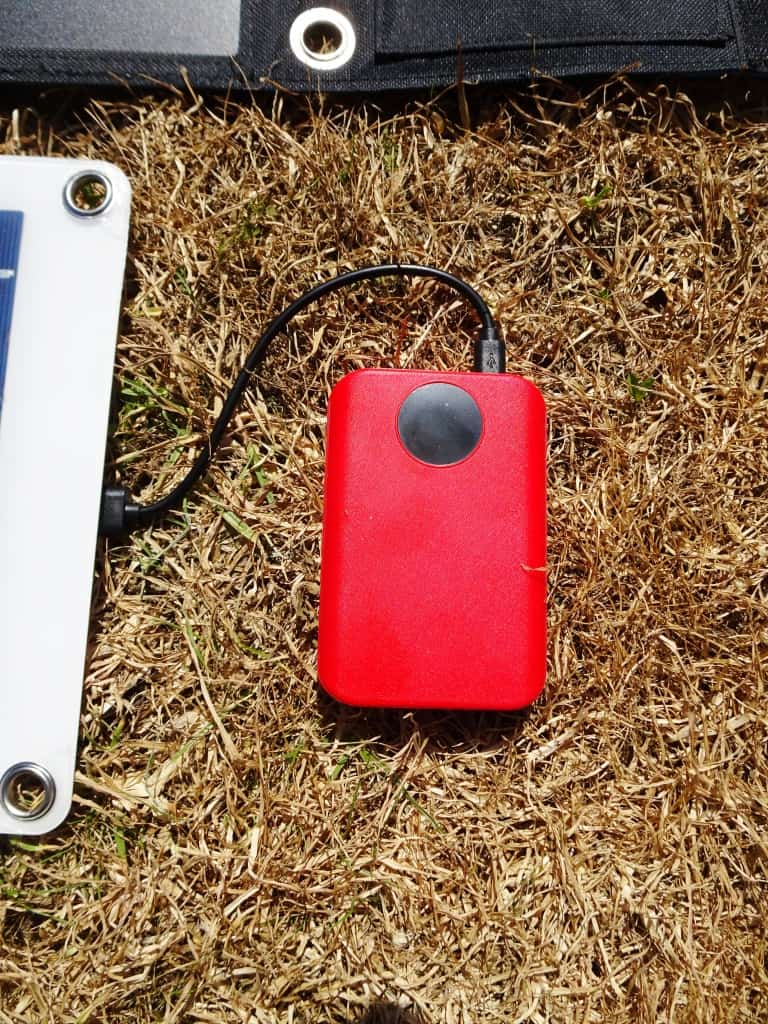
See Also: Drone Hunting
